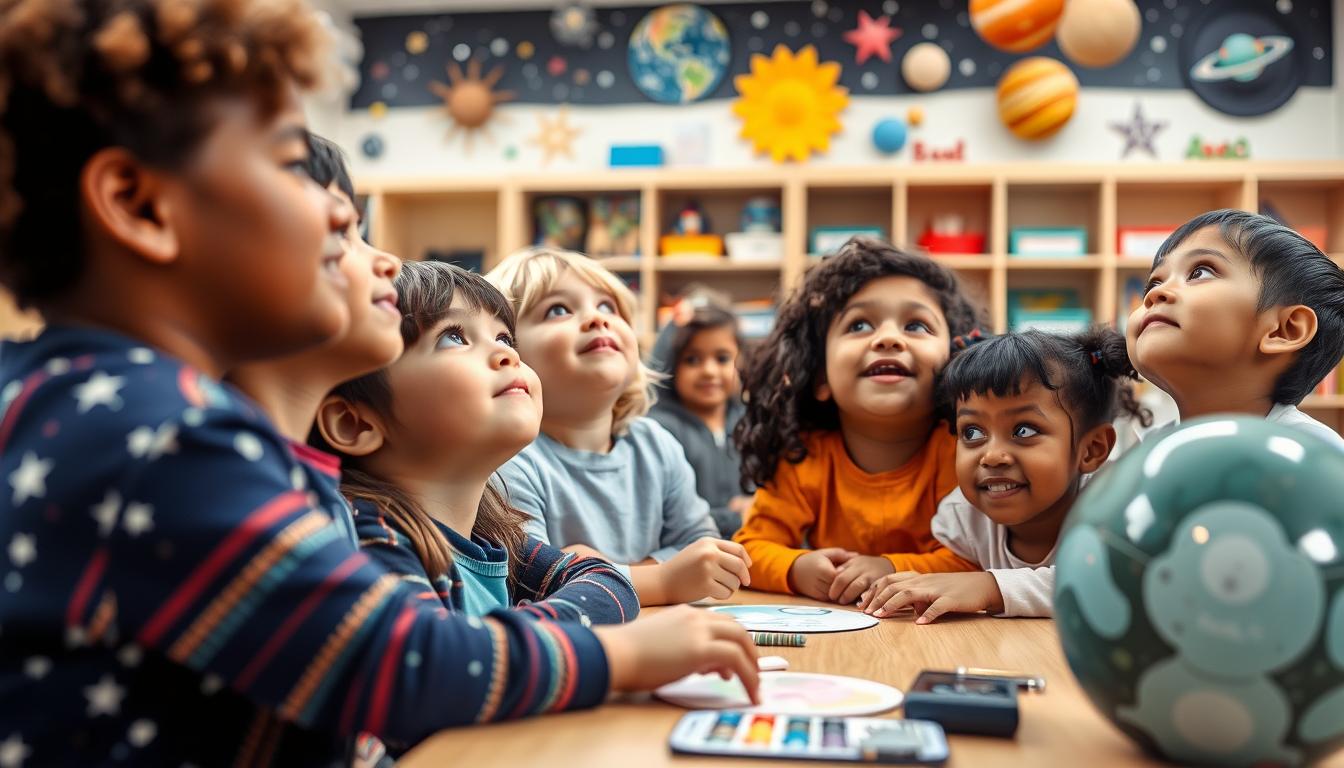Space Activities for Kids: 10 Cosmic Adventures for Young Explorers
What child hasn’t gazed up at the night sky and wondered about the stars, planets, and mysteries of outer space? The cosmos has a magical way of capturing young imaginations, inspiring curiosity about our universe and our place within it. Space-themed activities offer the perfect blend of science, creativity, and play—creating memorable learning experiences that children ages 4-10 will absolutely love.
Whether you’re a parent looking for weekend projects, a teacher planning classroom activities, or a homeschooler seeking curriculum enrichment, these space adventure ideas will launch your little astronauts into a galaxy of discovery and fun!
Why Space-Themed Activities Are Great for Kids
Space exploration activities do more than just entertain—they provide valuable developmental benefits that help children grow in multiple ways:
- STEM Learning: Space activities naturally incorporate science, technology, engineering, and math concepts in ways that feel like play rather than study.
- Imagination Development: The vastness of space encourages children to think beyond their everyday experiences and imagine new possibilities.
- Problem-Solving Skills: Many space-themed activities involve experimentation and figuring things out, building critical thinking abilities.
- Teamwork: Group space projects teach collaboration as kids work together to build rockets, create solar systems, or role-play space missions.
Best of all, these activities can be adapted for different ages and abilities, making them perfect for mixed-age groups of siblings or classrooms with diverse learning needs.
Top 10 Space Adventure Activities for Kids
Get ready to blast off with these engaging, hands-on space activities that combine learning with creativity. Each activity uses simple materials you likely already have at home or can easily find.
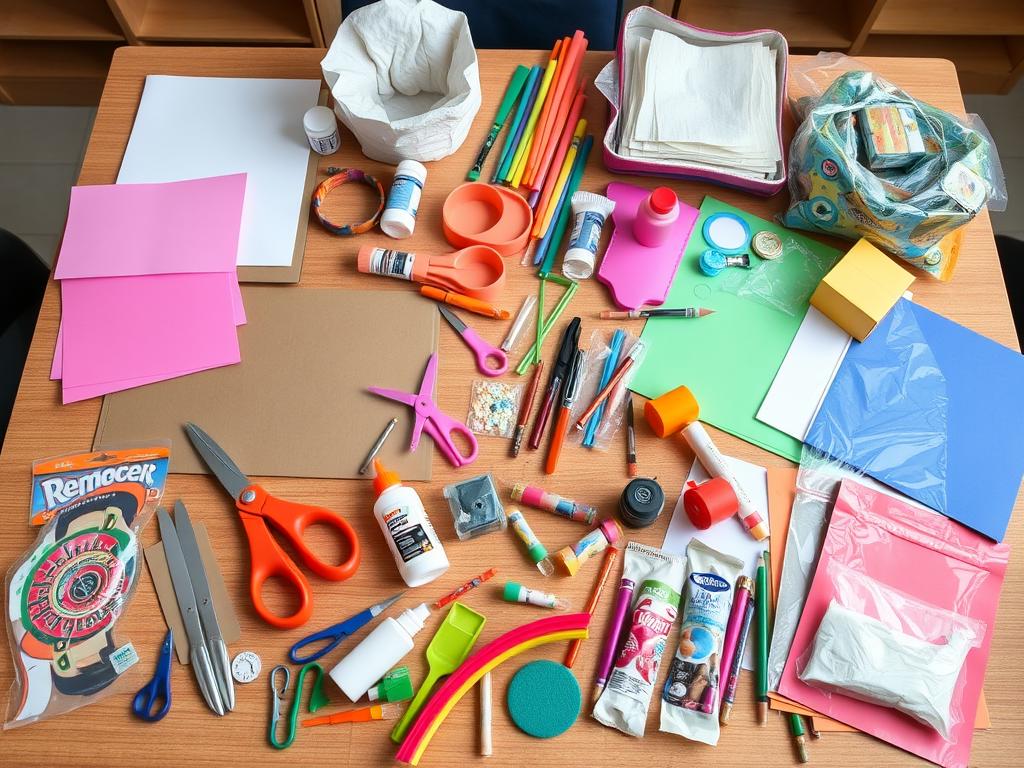
1. Build a DIY Cardboard Rocket Ship
Transform an ordinary cardboard box into an extraordinary spaceship that will fuel hours of imaginative play. This project combines crafting with role-playing for a complete space adventure.
- Materials: Large cardboard box, aluminum foil, construction paper, markers, scissors, tape, and paint
- Time Required: 1-2 hours plus drying time
- Age Range: 4-10 (younger kids will need help with cutting)
Cut a door in your box, then decorate with foil for metallic panels, construction paper for control panels, and bottle caps for buttons. Add a cone-shaped top made from poster board. For extra fun, attach a flashlight inside for “rocket power” and create astronaut helmets from paper bags.
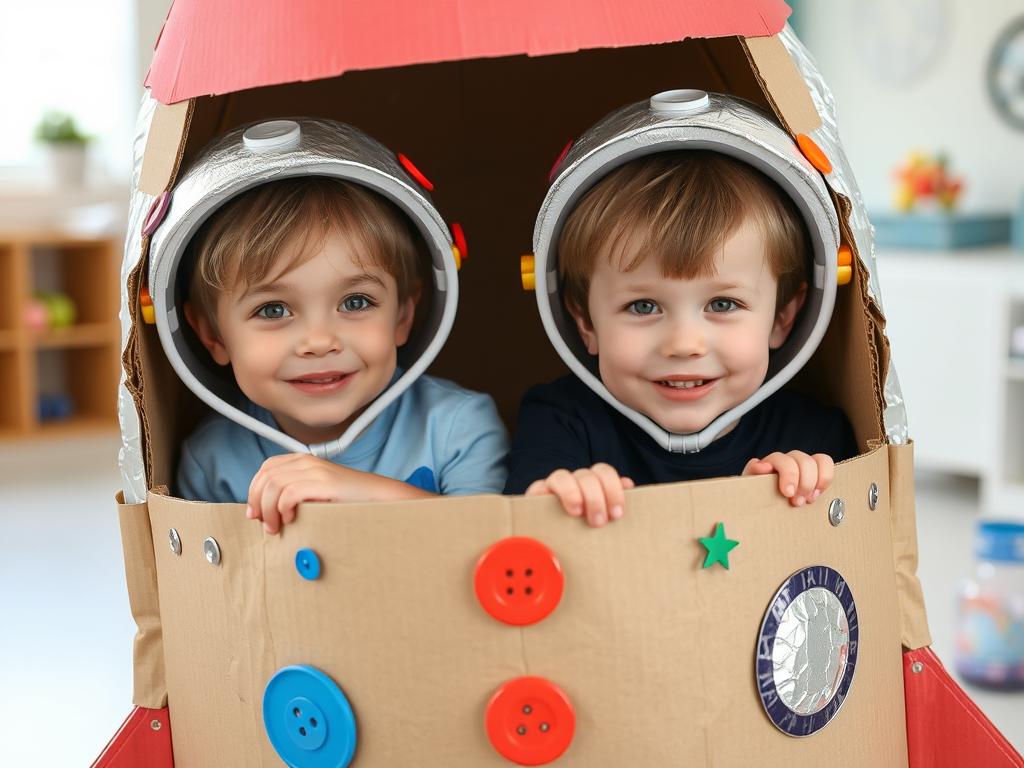
2. Create Glow-in-the-Dark Constellations
Bring the night sky indoors with this beautiful craft that teaches children about star patterns while creating a magical bedroom decoration.
- Materials: Black construction paper, glow-in-the-dark paint or stickers, star template, white pencil
- Time Required: 30-45 minutes
- Age Range: 5-10
Research real constellations like the Big Dipper, Orion, or Cassiopeia. Draw the star pattern on black paper with a white pencil, then add glow-in-the-dark dots for each star. Connect the dots with white lines. Hang your constellations on the wall and turn off the lights to see them glow!
3. Space Scavenger Hunt
Turn your home or backyard into a cosmic exploration zone with a space-themed scavenger hunt that gets kids moving while learning about space objects.
- Materials: Printed clue cards, small space-themed prizes or objects
- Time Required: 30 minutes to prepare, 30-45 minutes to play
- Age Range: 4-10
Create clues related to space: “Find something round like the moon,” “Look for something that twinkles like a star,” or “Discover something red like the planet Mars.” Hide small space toys, stickers, or treats for kids to find along with each clue. For older children, include facts about each space object in the clues.
4. Make Edible Moon Rocks
Combine science with snack time by creating these tasty treats that resemble lunar surface samples!
- Materials: 2 cups mini marshmallows, 3 tablespoons butter, 4 cups crispy rice cereal, 2 tablespoons cocoa powder
- Time Required: 20 minutes
- Age Range: 4-10 (with adult supervision for heating)
Melt marshmallows and butter in a microwave-safe bowl. Stir in cocoa powder for the “moon dust” color. Mix in cereal and stir until well-coated. When cool enough to handle, shape into irregular “moon rock” formations. While enjoying these treats, discuss how real moon rocks were formed and collected by astronauts!
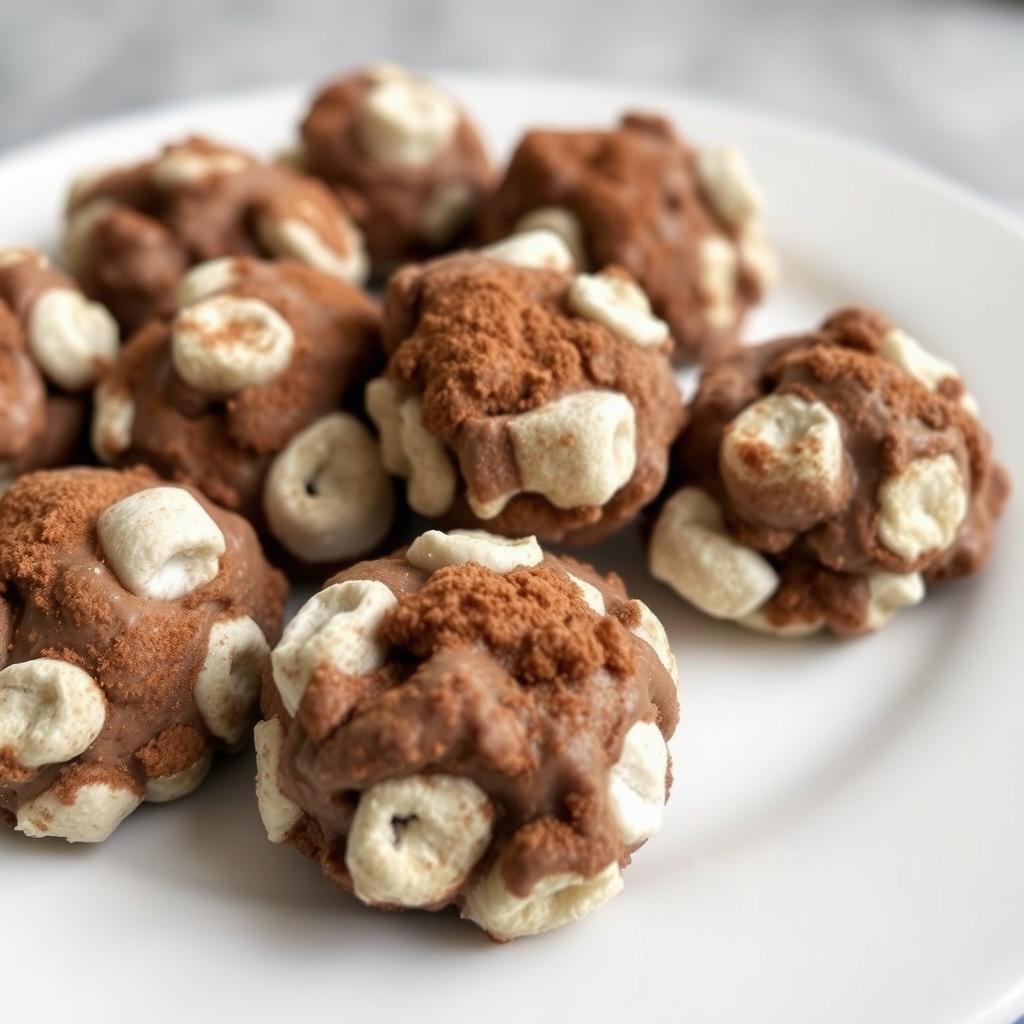
5. Galaxy Slime Science
This mesmerizing sensory activity teaches kids about the properties of non-Newtonian fluids while creating a stunning galaxy-in-a-jar effect.
- Materials: Clear school glue, liquid starch, water, blue and purple food coloring, silver and blue glitter
- Time Required: 20-30 minutes
- Age Range: 5-10 (with adult supervision)
Mix 1/2 cup clear glue with 1/4 cup water. Add drops of blue and purple food coloring and swirl gently (don’t mix completely). Gradually add 1/4 cup liquid starch while stirring. Once it forms a slime consistency, sprinkle in glitter for “stars.” While playing with the slime, talk about how galaxies form and the different types of galaxies in our universe.
6. Planet Song & Dance
Get moving with this musical activity that helps children memorize the planets in our solar system through rhythm and movement.
- Materials: Planet pictures or labels, music player
- Time Required: 15-20 minutes
- Age Range: 4-8
Create a simple song about the planets to the tune of a familiar melody like “Twinkle Twinkle Little Star.” For example: “Mercury, Venus, Earth, and Mars, Jupiter and Saturn are gas giant stars, Uranus, Neptune spin on their side, In our solar system they all reside!” Assign movements for each planet: spin fast for Mercury, move slowly for Neptune, etc.
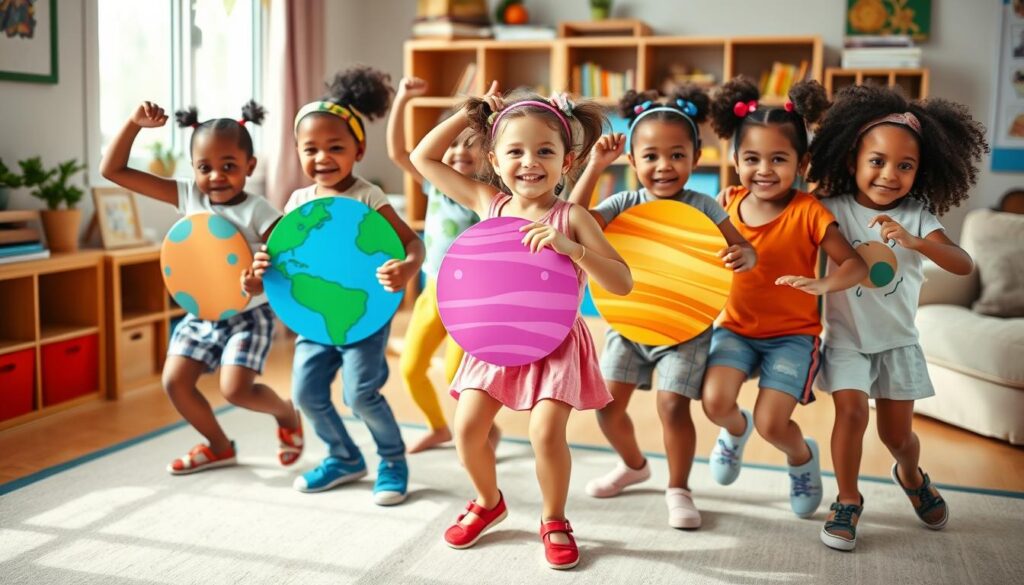
7. Moon Crater Experiment
This hands-on science experiment demonstrates how craters form on the moon’s surface through meteorite impacts.
- Materials: Large shallow pan, flour, cocoa powder, marbles of different sizes, ruler
- Time Required: 30 minutes
- Age Range: 5-10
Fill a pan with 2 inches of flour and dust the top with cocoa powder to create a two-toned “moon surface.” Drop marbles from different heights and observe the crater patterns. Measure the crater sizes and depths with a ruler. Discuss how real moon craters formed and why they remain visible (no weather to erode them).
8. Astronaut Training Challenge
Set up a series of physical challenges that mimic the training real astronauts undergo, teaching kids about the demands of space travel.
- Materials: Household items for obstacle course, timer, DIY astronaut badges
- Time Required: 45 minutes
- Age Range: 4-10
Create stations for different “training exercises”: crawling through a “space tunnel” (under tables), practicing “spacewalks” (walking heel-to-toe on a straight line), testing “microgravity skills” (catching floating bubbles), and completing “dexterity tests” (picking up small objects while wearing thick gloves). Award astronaut badges upon completion!
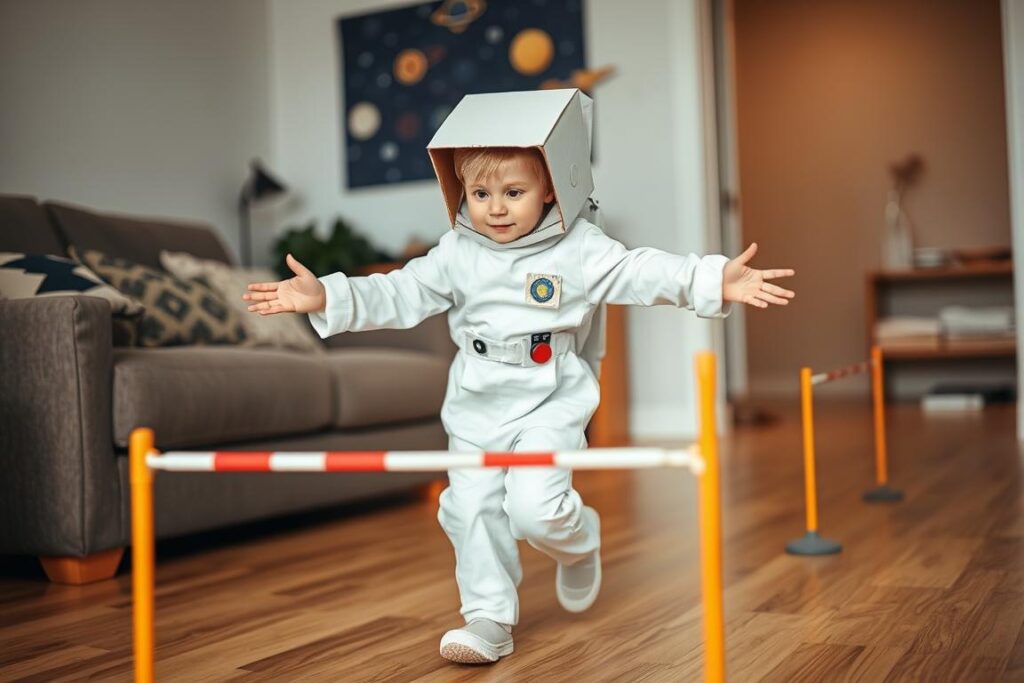
9. Solar System Balloon Race
This active game combines learning about planetary order with fast-paced fun that gets kids moving.
- Materials: 8 balloons in different colors, planet name labels, timer
- Time Required: 20-30 minutes
- Age Range: 5-10
Label each balloon with a planet name. Scatter the “planets” around the room or yard. Challenge kids to collect all planets and arrange them in the correct order from the Sun, racing against the clock. For added learning, call out planet facts and have kids identify which planet you’re describing.
10. Straw Rocket Launch
This simple engineering activity teaches kids about propulsion and Newton’s Third Law of Motion while creating rockets that really fly!
- Materials: Paper, straws, tape, scissors, crayons or markers
- Time Required: 20-30 minutes
- Age Range: 5-10
Cut a strip of paper about 5 inches long and 1 inch wide. Wrap it around a straw and tape it to form a cylinder. Remove the straw, fold one end of the paper tube closed and tape it shut. Decorate your rocket, then slide it onto the straw (without covering the end you’ll blow through). Blow forcefully through the straw to launch your rocket
Free Printable Space Worksheets and Coloring Pages
Extend the learning with these free printable resources that complement our hands-on space activities:
NASA Kids’ Club Printables
NASA offers an amazing collection of space-themed coloring pages, puzzles, and educational worksheets perfect for young astronomers.
Solar System Flashcards
Printable planet cards with facts and coloring opportunities to help children learn about each planet’s unique characteristics.
Constellation Connect-the-Dots
Learn about star patterns with these printable sheets that let kids connect the dots to reveal famous constellations.
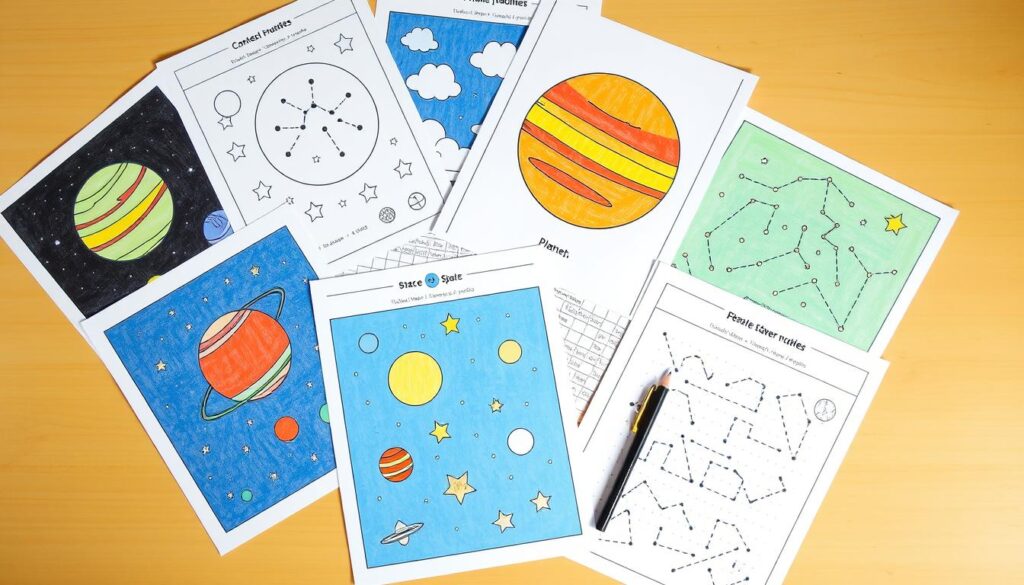
Space-Themed Books and Songs to Pair with Activities
Enhance your space adventures with these engaging books and catchy songs that will deepen children’s understanding of astronomical concepts.
Recommended Space Books for Kids
- “There’s No Place Like Space!” by Tish Rabe (Dr. Seuss series) – A fun rhyming tour of the solar system perfect for younger children.
- “The Magic School Bus Lost in the Solar System” by Joanna Cole – Join Ms. Frizzle’s class on an unforgettable field trip through space.
- “National Geographic Kids First Big Book of Space” by Catherine Hughes – Stunning photographs and simple explanations of space concepts for curious minds.
- “Mae Among the Stars” by Roda Ahmed – An inspiring story based on the life of Mae Jemison, the first African American woman in space.
Space Songs Kids Love
- “Zoom, Zoom, Zoom, We’re Going to the Moon” – A classic action song with counting and movement perfect for preschoolers.
- “The Planet Song” by StoryBots – A catchy tune that helps kids remember the order and facts about each planet.
- “Rocket Countdown” – A simple countdown song that builds excitement before launching your DIY rockets.
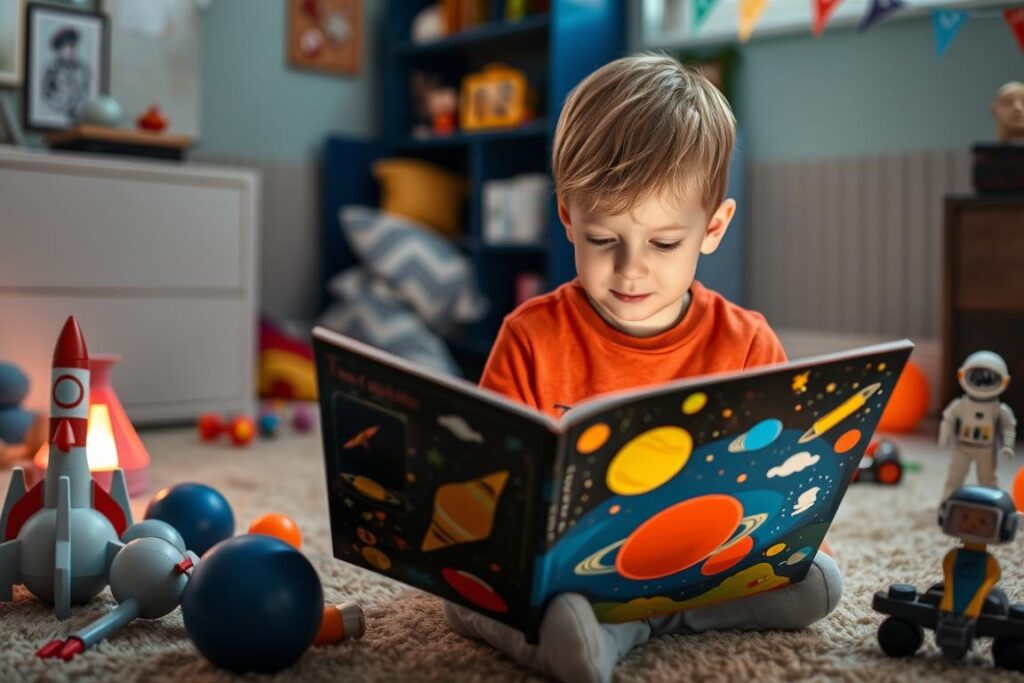
Tips for Hosting a Space Adventure Day
Take your space exploration to the next level by planning a dedicated Space Adventure Day at home or in the classroom. Here’s how to create an out-of-this-world experience:
Space-Themed Decorations
- Hang planets from the ceiling using fishing line and paper lanterns
- Create a “starry sky” with black paper and glow-in-the-dark stars
- Set up a “Mission Control” area with old keyboards, headsets, and monitors
- Use silver foil and black tablecloths for a space-age look
Cosmic Snacks
- Alien Cupcakes: Green frosting with candy eyes and marshmallow antennae
- Rocket Fuel Punch: Blue sports drink mixed with lemon-lime soda and star-shaped fruit
- Asteroid Popcorn Balls: Popcorn mixed with melted marshmallow and formed into irregular shapes
- Planet Sandwiches: Use round cookie cutters to create planet-shaped sandwiches
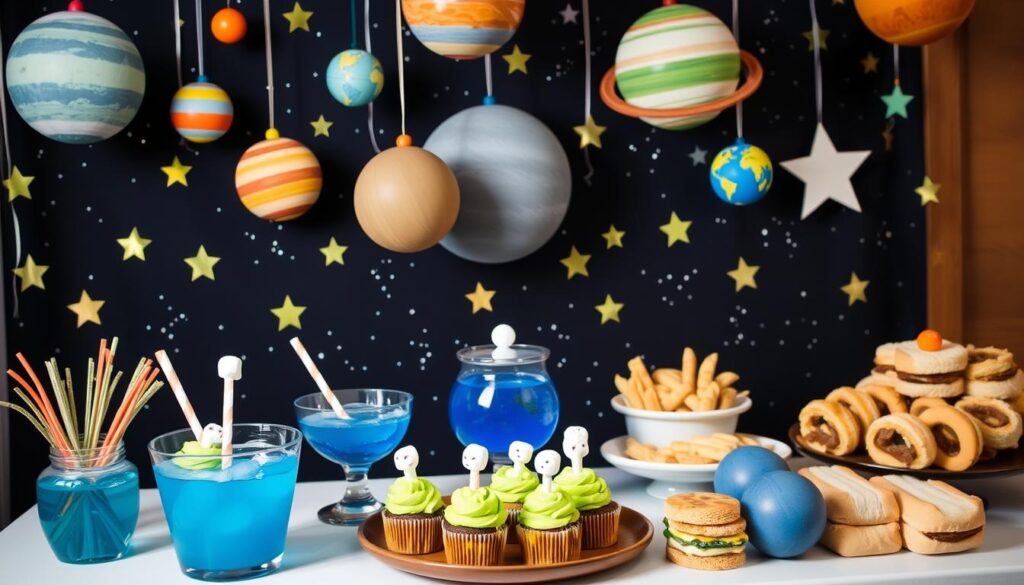
Space Day Schedule
- 9:00 AM: Astronaut Training Exercises
- 10:00 AM: Rocket Building Workshop
- 11:00 AM: Solar System Scavenger Hunt
- 12:00 PM: Cosmic Lunch Break
- 1:00 PM: Space Science Experiments
- 2:00 PM: Alien Craft Creation
- 3:00 PM: Rocket Launch Finale
Don’t forget to take plenty of “mission photos” throughout the day and create astronaut certificates to commemorate the adventure!
Ready to Explore the Final Frontier?
Space activities for kids offer endless opportunities for learning, creativity, and wonder. By engaging in these hands-on projects, children develop not just scientific knowledge but also a sense of curiosity about the universe that can inspire lifelong learning.
Whether you’re making edible moon rocks, launching straw rockets, or hosting an entire space adventure day, these activities create memorable experiences that children will cherish. The skills they develop—observation, critical thinking, creativity, and teamwork—will serve them well in all areas of life.

Adam Peter is a finance, travel, and automotive writer with over a decade of experience. He creates clear, practical content to help readers manage their money, explore the world with confidence, and make informed decisions about cars and travel gear. His work blends expert insight with real-world usefulness.

